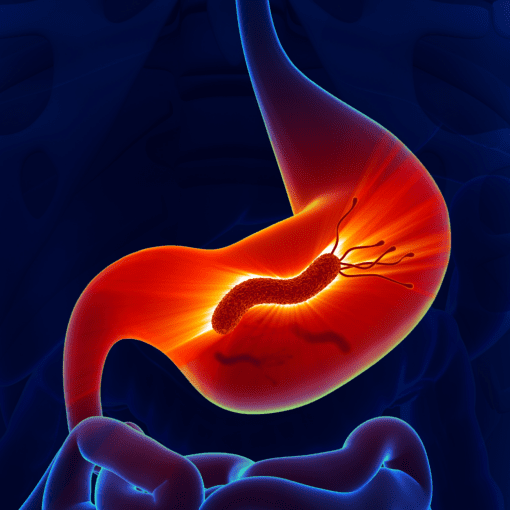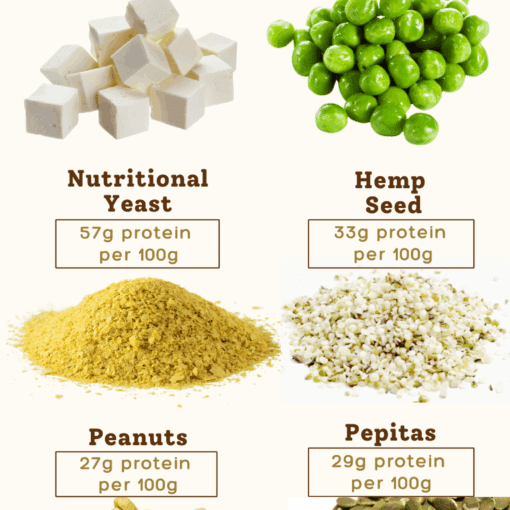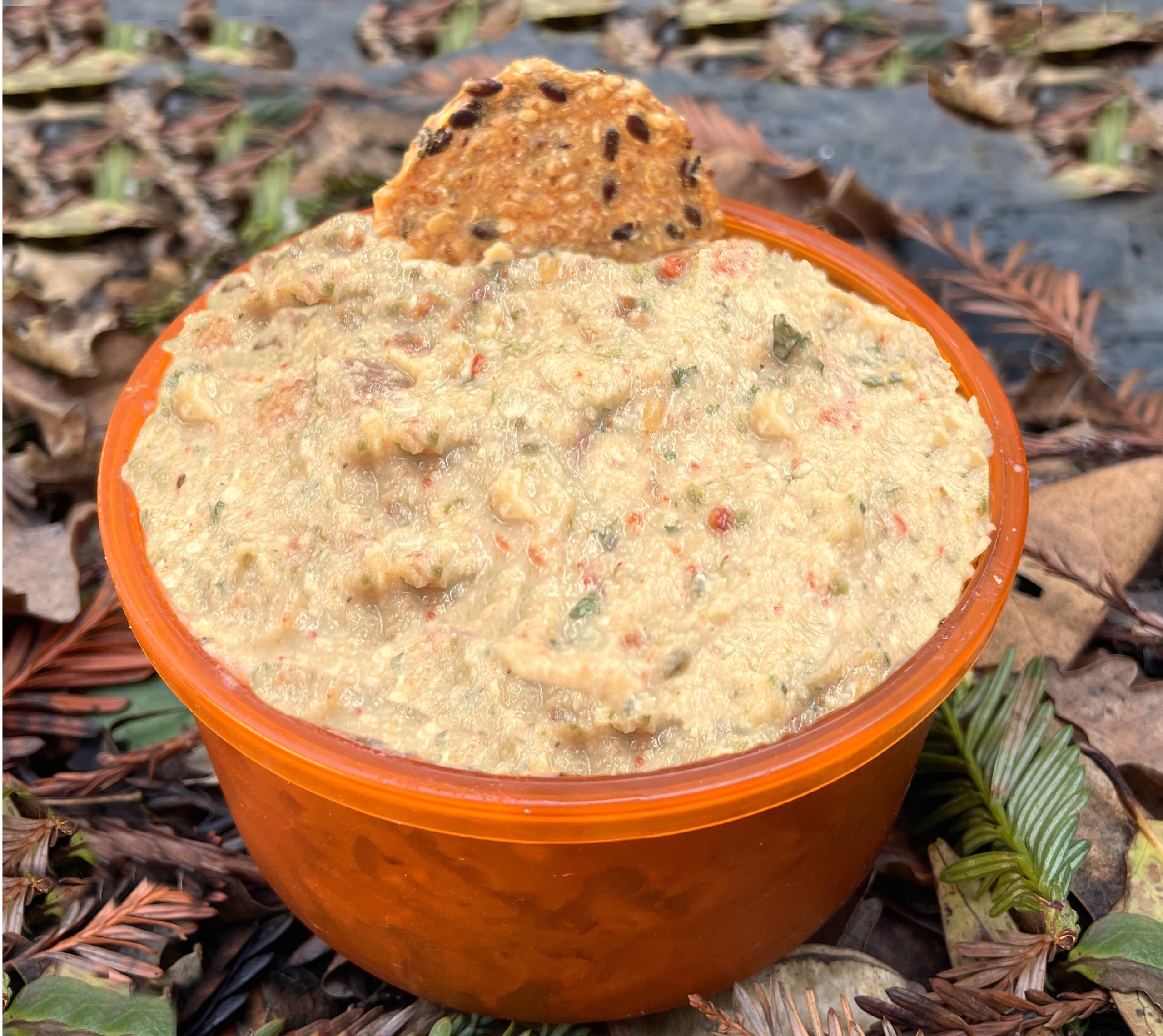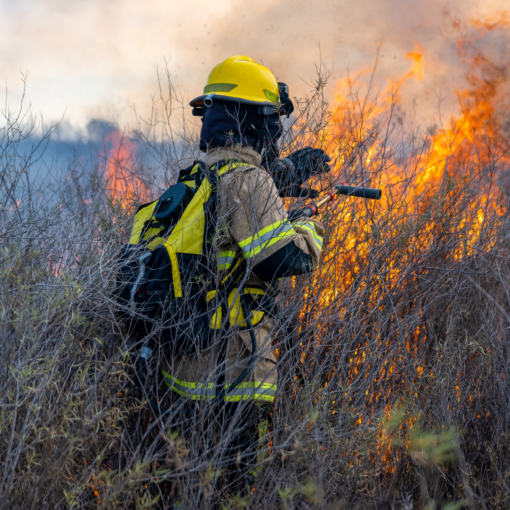Maintaining digestive health while thru hiking and traveling can be challenging due to changes in your diet, environment, and routine. The microorganisms in your gut continually evolve in response to your environment and the food you eat. Any change to your environment can affect your gut. The last thing you want is to be slowed down on the trail by a bloated and achy stomach. A diverse microbiome is crucial for overall well-being, yet many travelers find their gut health affected while away from home. Western travelers are more affected by travel-related factors because their microbiomes tend to be less […]
Dietary
Everyone knows meat, eggs, and dairy as a solid source of protein, but many plant-based ingredients, including legumes, whole grains, nuts, and seeds, are also rich in protein and can be added to trail food to meet (or exceed) your dietary needs. An easy way to boost the protein content of backpacking meals is to mix these proteins into already dried and instant foods like oatmeal, mashed potatoes, rice, pasta, and soup mixes. Small additions to each meal make a big difference in boosting your daily protein needs. Whether you follow a plant-based diet entirely or want to diversify protein […]
Hummus is often overlooked in favor of ordinary hiking snacks like trail mix or granola bars. However, this delicious spread offers a refreshing change from the usual options while providing balanced energy and convenience. With the availability of powdered hummus, it takes seconds to whip up a batch of this filling spread. Nutritionally, hummus is also a winner. Hummus offers extensive nutrition for backpackers. Here’s why: Powdered Hummus for Hiking Many brands offer portable to-go containers of ready-to-eat, shelf-stable hummus that may work for tossing in your pack. The downsides include the packaging waste and tiny serving size (usually 2 […]
Wildland firefighting, a role that demands immense physical and mental strength, requires careful meal planning. To sustain this work output and maintain a healthy immune system, fireline firefighters will typically need to consume 6,000 calories daily. Getting proper nutrition from ultra-processed Meals Ready to Eat (MREs), packaged snacks and backpacking meals can be challenging. That’s why we recommend a less processed, plant-based diet made from freeze-dried food, which provides the most antioxidants, vitamins, and minerals to fuel the body. These are the key components we recommend for making up a wildland firefighter’s diet while in the field: Carbs Carbohydrates are […]
Inexpensive and filling, lentils are often a forgotten food. That needs to change! Lentils are an excellent source of energy and protein and can be easily incorporated into trail recipes. Find out how lentils can help you boost your energy and find some easy ways to use them in backpacking meals. LLentils are the edible seeds of legumes, which fall under the category of pulses, alongside beans, field peas, and chickpeas. Like other legumes, lentils have a low glycemic index (GI), which helps slow the rate at which energy is released into the bloodstream. Their high fiber content not only […]




